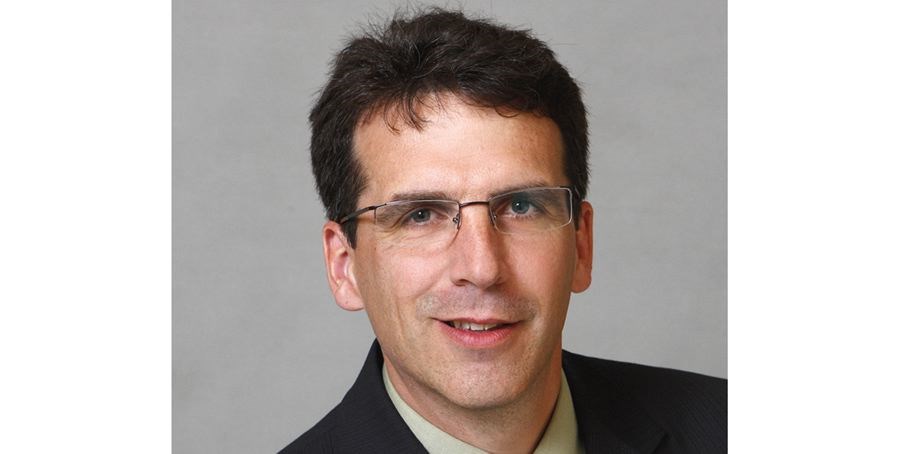I almost took lending a job with another bank back in 1996.
It was a smaller bank (they all are, so that doesn't narrow it down much for you) and I was willing to take on that risk if they were willing to pay me adequately for it. Eventually negotiations broke down over moving expenses and I walked away from the offer, even though the pay was better and the working conditions seemed nicer than what I had at the time.
Five years later I was reading about the man who had nearly hired me in a lengthy story from a Canadian business magazine. His small town British Columbia branch had been producing remarkable loan growth for several quarters in a row. My friend had received several awards and had been written up in company newsletters as an example of how to get the job done.
In a bid to learn from his outstanding performance, a team of head office staff were sent to interview his office and witness in person their award-winning methods.
As they settled in with the data back at head office, a guy with a calculator and a spreadsheet deduced sarcastically that nearly every man woman and child in that small town must have decided to take out a small business loan with them in the past couple of years. The numbers just didn't make sense. A few easy cross-references of names and addresses proved that the bulk of the loan growth was fraudulent.
Much of the money had vanished through the same hands I nearly shook a deal with a few years before.
The man who looked me in the eye with a promise of a good new life was a crook. We were neighbours, and our children went to school together, but I no longer had reason to be jealous of their nicer home and the fact that he could afford a cottage. I felt a deep sadness for his beautiful family when they sent him to jail.
The old axiom is true: If it seems too good to be true it probably is.
The same can be said when you, the investor, are on the lending side. Depositors and investors entrust their accumulated wealth into the hands of hopefully solid institutions and caretakers. There are two primary considerations in placing your money into someone else's hands: safety and expected rate of return.
In an efficient marketplace, these two float up and down together. Higher risks demand higher returns; lower risks, more moderate take-homes.
Every day I am handed a sheet of paper with guaranteed investment certificate rates from 31 different banks. There's always some variation among banks of similar risk due to different cash requirements they may have to run their businesses in a given week or month. However, most of variation can be explained by the risks inherent in the institution itself.
Sometimes that risk can be estimated by a look at the credit ratings provided by external agencies. Others are too small to generate a report from an external agency, a message in and of itself.
Loan portfolios vary
Every bank has to look at prudent methods of generating a source of cash and then other methods at generating a rate of return on that cash, mostly by lending it out.
So the risk of your deposit is in large part determined by the quality of the bank's borrowers. Lending standards in Canada are generally conservative, although some lenders have built a perfectly legitimate business around making loans to riskier clientele. In aggregate, their portfolio of somewhat riskier loans takes on a more modest risk profile, but likely still results in a higher overall risk profile for that bank.
That lender, in turn, will likely have to pay a higher rate of return on its deposits and guaranteed investment certificates to its savvy depositors.
And that's the keyword: Savvy. Be that. Know that when you are offered a higher rate of return, all things being equal, you are likely taking on a commensurate higher risk.
Pretty much always.
There are, of course, exceptions and levelers. Deposit insurance covers some of the risk, and banks will have needs to fund different expenditures at different times, which will result in rate sales here and there, but if a bank or credit union consistently offers a higher interest rate, you can deduce that they are probably a higher risk. They're not paying you more money just because they like you.
They're paying it because the market demands it in order to take on the extra risk.
We have not had a bank failure in Canada in many years, a fact which gives me great comfort, but without question there are degrees of risk to consider among our fine Canadian and foreign financial institutions.
Mark Ryan is an advisor with RBC Wealth Management, Dominion Securities (member CIPF) and can be reached at [email protected].



